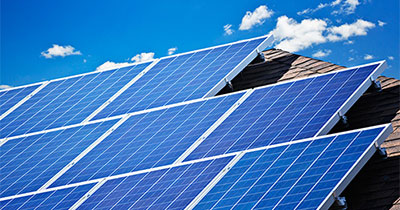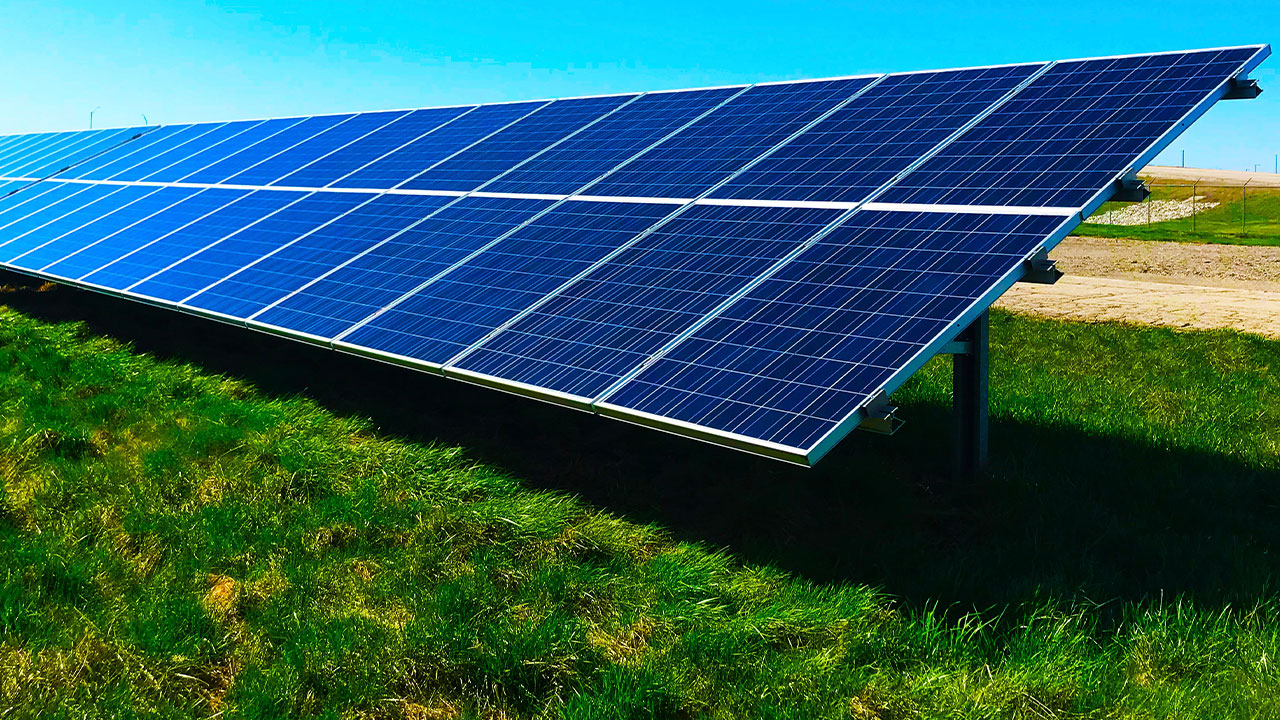The World Silver Survey is an annual report published by The Silver Institute since 1990. It provides market participants with supply and demand statistics for critical sectors of the silver market, along with price and trade data.
The 2022 World Silver Survey reported a global silver deficit of 154 million ounces, the most significant since 2015. The 2023 World Silver Survey reported a global silver deficit of 129 million ounces, the second-largest since 2015.
High silver use (demand from the industrial and investment sectors) created this deficit against a backdrop of underinvestment in mining and flat-lining production.
Meanwhile, most silver is mined as a byproduct of other metals, including copper, zinc, and gold – meaning higher silver prices do not necessarily bring out more mine supply.
Here is a table summarizing the silver deficits reported in the past two World Silver Surveys:
Year / Silver Deficit
2022 154 million ounces
2023 129 million ounces
Total 283 million ounces
The global silver market faces a structural deficit due to many factors, including:
- The increasing use of silver in renewable energy technologies, such as solar panels, wind turbines, EVs, and batteries.
- Silver is used extensively in various electronic components, mobile phones, and computers, characterizing the growing demand for silver from the electronics sector.
- The sharp increase in apps, social media, crypto mining, and streaming services (including YouTube, TikTok, Vimeo, Netflix, Hulu, Paramount, Prime Video, and AppleTV). These combined use enormous volumes of servers and high-end computers for developers.
- Silver is the best conductor of electricity, leading to its incorporation in countless emerging technologies.
- The popularity of silver as an investment asset is spiking worldwide, including in BRICS countries as they are fighting Federal Reserve note dollar hegemony.
Even as it documents supply deficits, the World Silver Survey appears to have overlooked a few areas of silver consumption.
Solar Panel Improvements Not Captured by World Silver Survey
Whether we like it or not, the World is shifting away from fossil fuels towards so-called renewable energy. Solar, wind, and battery technologies require massive amounts of raw materials to be produced, but virtue-signaling government leaders haven't figured this out quite yet.

The World Silver Survey, when calculating silver use in solar panels, used outdated specifications. It was looking at PERC panels. However, two new solar panel developments are now considered superior to the older PERC panels, and they use more silver.
Firstly, TOPCon solar cells are a type of PERC solar cell with a textured oxide passivation layer on the front of the cell. This layer helps reflect light into the cell, increasing efficiency.
Secondly, HJT solar cells have a heterojunction between the p-type and n-type silicon layers. This heterojunction helps to reduce recombination losses, which increases the efficiency.
Perhaps most significant is the development of double-sided panels.
Solar farms now use double-sided panels. Double-sided solar panels are more efficient than single-sided solar panels because they can absorb sunlight from both the front and back. This means they can generate more electricity from the same space.
The Silver Institute did not capture the TopCon and HJT, meaning they reported outdated specs over the silver loads per panel. They reported 80mg of silver per panel vs. the HJT panel, which uses up to 220mg per panel.
The solar panel specs are written in Chinese. Perhaps Silver Institute researchers still need to translate the Chinese specs.
And when you start installing double-sided panels, you're doubling the silver use.
Military Use of Silver
The U.S. Navy uses silver-zinc batteries in its nuclear submarines. These batteries provide backup power for a submarine's nuclear reactor. The silver-zinc batteries are very efficient and can provide power for up to 72 hours.
For each sub, a typical battery uses 100 pounds of silver. There are over 150 nuclear submarines worldwide, totaling 15,000 pounds of silver. There are 218,750 troy ounces in 15,000 pounds. This statistic is for nuclear subs equipped with silver-zinc batteries.
All of the world's military use of silver is also not listed in the World Silver Survey.
The bottom line is this: Silver’s widening array of uses is pressuring available supplies, and the delta between silver use and silver production may already be larger than thought.

About the Author:
Jon Forrest Little graduated from the University of New Mexico and attended Georgetown University's Institute for Comparative Political and Economic Systems. Jon began his career in the mining industry and now publishes "The PickAxe" which covers topics surrounding precious metals, energy, history, and politics.





